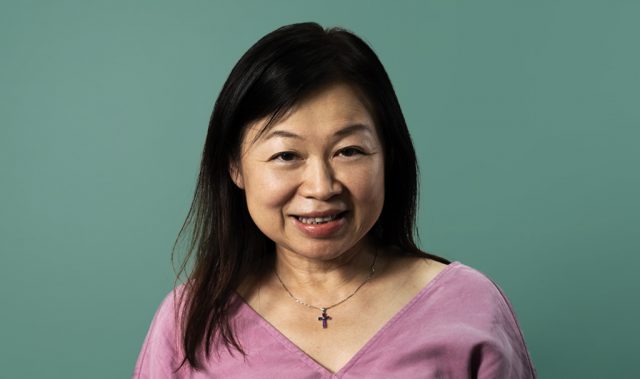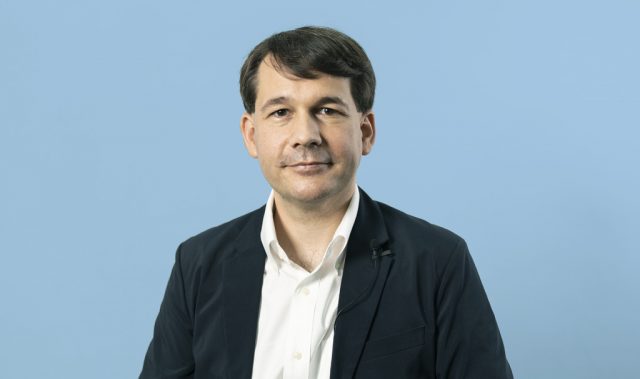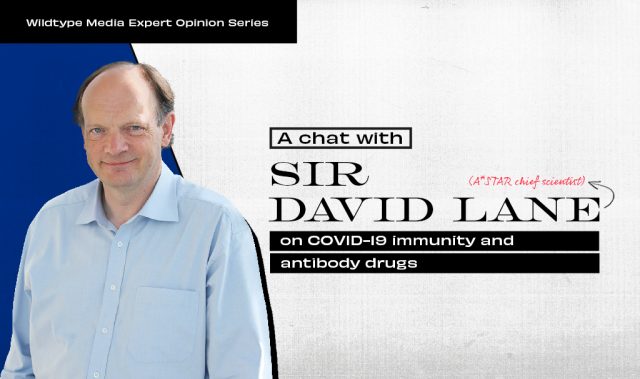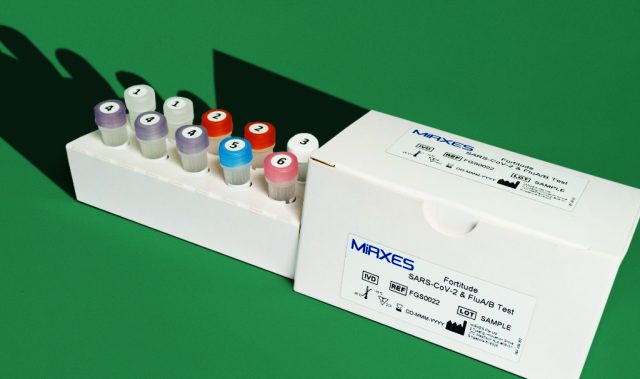
AsianScientist (Mar. 30, 2020) – “We have a simple message for all countries: test, test, test.”
Those were the stark words of Tedros Adhanom Ghebreyesus, director-general of the World Health Organization (WHO), as he faced the media on March 16, 2020. At the time, over 167,000 people worldwide had been infected, and 6,606 had died.
In less than two weeks, both numbers have dramatically increased. With the coronavirus continuing its relentless spread around the globe, there are now over 720,000 confirmed cases and nearly 34,000 deaths reported.
Potentially seeding the sudden surge of outbreaks are ‘hidden’ carriers—people infected with the virus, despite showing mild or no symptoms. Quickly identifying these individuals and placing them in isolation could stem the rising tide of cases within communities, hence the call by the WHO director-general to test, test, test.
Helping Singapore to flatten the curve is MiRXES, a homegrown biotechnology company co-founded by Dr. Zhou Lihan and colleagues in 2014. The team developed a technology that was able to reliably and sensitively detect microRNAs, single-stranded genetic material that is implicated in many cellular pathways.
“miRNA is a smaller piece of genetic material, but small is powerful,” explained Zhou. “It controls how many of the larger genes are used.”
As miRNA levels have been observed to differ across diseased and healthy tissues, it has been identified as a suitable biomarker for diagnostic use. MiRXES has developed miRNA-based diagnostic kits for a variety of cancer indications and is working on assembling the world’s largest curated database of clinical miRNA profiles.
MiRXES’ expertise in working with RNA, in addition to its Singapore-based production facility, made the company a prime candidate for scaling up the production of a diagnostic test kit for coronavirus 2019 (COVID-19) developed by the Agency for Science, Technology and Research (A*STAR) and Tan Tock Seng Hospital.
As COVID-19 is caused by an RNA virus, it can be diagnosed using amplification techniques to detect the presence of viral genetic material in patient samples. In Febuary 2020, A*STAR’s commercialization arm, A*ccelerate, licensed to MiRXES the rights to manufacture and commercialize the A*STAR Fortitude Kit 2.0.
Heeding the nationwide call for more tests, MiRXES started manufacturing the test kits in mid-February and has a current capacity of 100,000 kits a week. Not only was MiRXES able to meet local needs, the Singapore government was able to donate test kits to other countries hit hard by the pandemic, including China, Myanmar and Japan.
“We are proud and humbled to contribute to the COVID-19 response. The reason why we started MiRXES was to turn our benchtop research into something that could impact people, including saving lives. So to be involved in the community effort was a proud moment for the whole team. We do hope that the test kits can be used for early detection of the disease and contain its spread,” said Zhou.
Scientists and clinicians in Singapore are now working on an upgrade of the test to differentiate COVID-19 patients from those with the common flu or H1N1 virus. Such a test could allow physicians to triage cases more efficiently, allowing Singapore’s hospitals to better cope with the ongoing outbreak.
While producing the COVID-19 test kits may be the company’s priority for the time being, MiRXES’ other offerings are still worth highlighting. For instance, its GASTROClear diagnostic kit, a miRNA blood test for the early detection of stomach cancer, is the first such kit to be approved for commercial use. For the next year and a half, the company will also be conducting the world’s largest miRNA clinical trial for another diagnostic kit—this time, for the early-stage detection of lung cancer.
“We believe in the [potential] of miRNA to answer many of our needs, clinically,” shared Zhou. “Now, we’ve seen the capability that we’ve built over the years being put into use when there’s a national need or international crisis.”
———
Copyright: Asian Scientist Magazine.
Disclaimer: This article does not necessarily reflect the views of AsianScientist or its staff.












